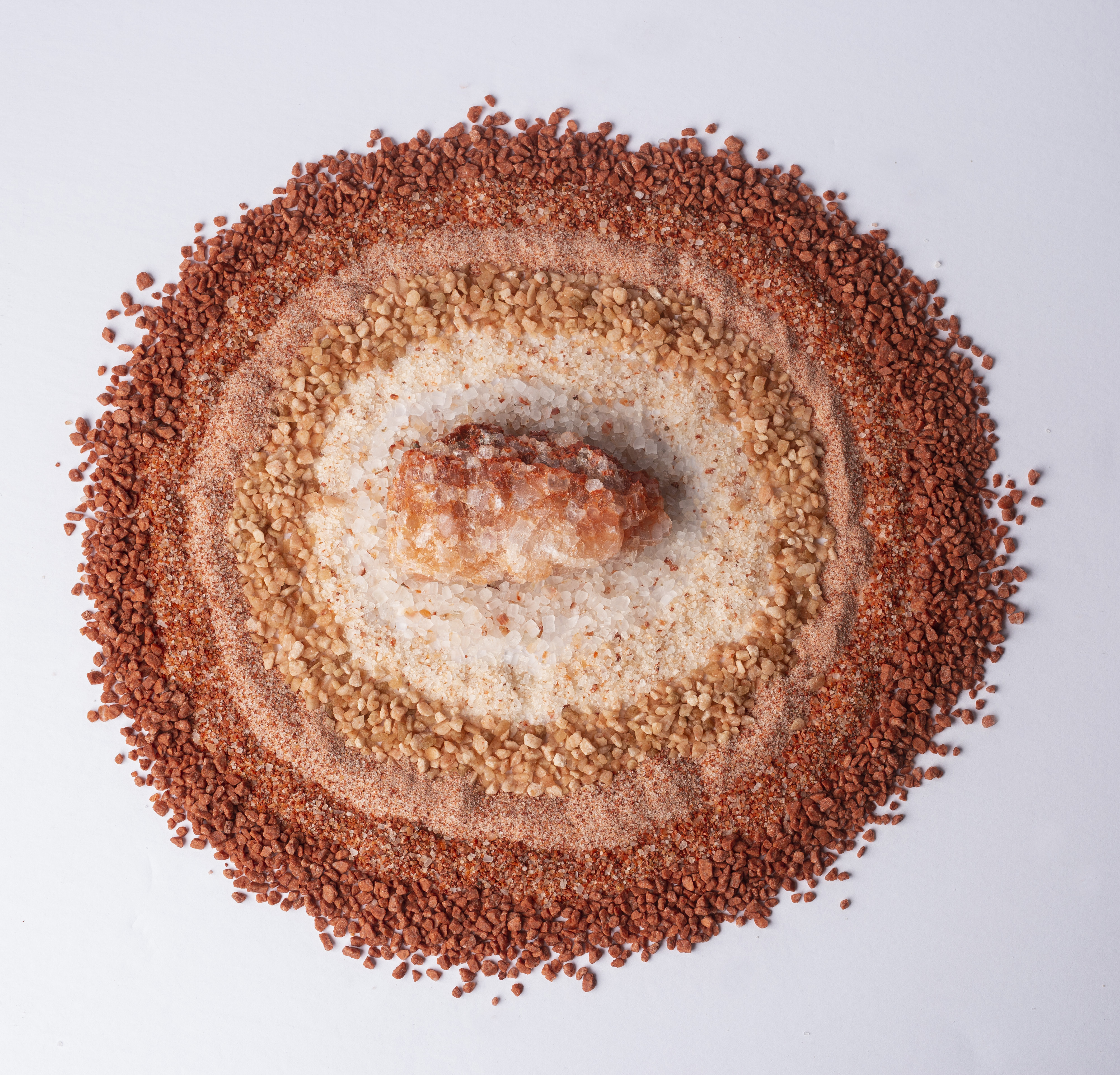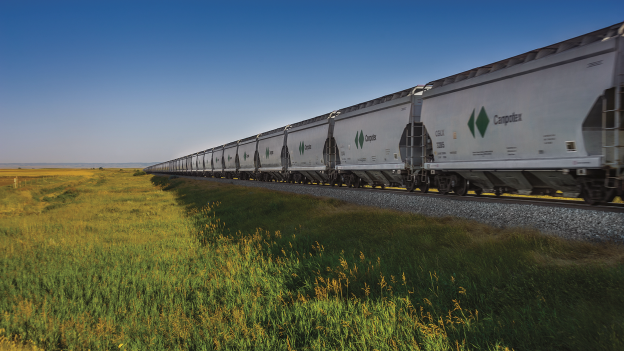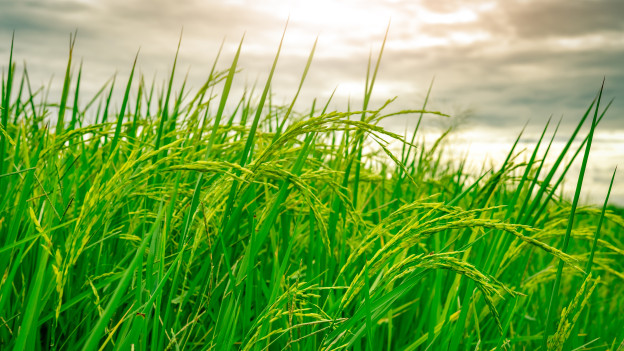Saskatchewan has the world's largest reserves of potash.
Potash is the common name given to a group of minerals containing potassium that are typically used in agriculture to help plants grow.
The most common type of potash is potassium chloride (KCl). KCl is also known as muriate of potash (MOP) or sylvite, a naturally occurring mineral.
90-95% of potash is used in agriculture as fertilizer
Potassium is vital to many important plant processes including photosynthesis (creation of energy), water and nutrient uptake, and overall crop quality.
To ensure healthy and nutritious plant growth, an adequate supply of potassium must be maintained in the soil.
5-10% of potash is used for industrial purposes
The largest industrial use for potash is the manufacture of potassium hydroxide (KOH). KOH is a feedstock for other potassium chemicals used in a wide variety of industrial processes such as glass making, pharmaceuticals, food processing and the manufacture of textiles. Potash is also gaining acceptance as an environmentally friendly alternative to salt, specifically as a de-icer.
Potash and Crops
Crops perform better when they have nutrient-rich soil. Healthy soils contain a balance of nitrogen (N), phosphorus (P) and potassium (K). These three nutrients help plants grow in different, yet each important, ways:
- Nitrogen helps a plant’s leaves grow;
- Phosphorus supports a plant’s root growth and flower and fruit development; and
- Potassium is a nutrient that improves the plant’s overall health.
When soils are unable to supply these nutrients on their own, these nutrients can be applied to crops through direct application, bulk blending or NPK formulations.

Direct Application
Potash can be applied directly to the soil in the same form it is delivered to the customer—often in granular pieces. These granules can be applied by hand, or with various farm equipment and practices.
Bulk Blending
In the bulk-blending process, potash granules are mixed with nitrogen and phosphate to form a fertilizer “blended mix” of the three separate N, P, and K nutrients.
Fertilizer, in a bulk blended form, is useful for those farmers who know what ratio of N, P and K their crop needs. Farmers that have analyzed the nutrient levels in their soils can better select how much N, P and K to apply. Getting the N, P, and K balance correct, increases crop yields and grows healthier stronger plants.
NPK Formulations
In the production of NPK formulations, potash is used as the K ingredient in the chemical production of a fertilizer containing N, P, and K – where these three nutrients are each chemically combined together into one granule so that each granule has a specific ratio of each N, P, and K.
If mixed fertilizer needs to be transported over long distances, the chemical bonding of fertilizer ingredients helps to maintain the NPK formulation and prevent nutrients from separating.
Canpotex is actively involved in educating farmers about the role of balanced fertilization in increasing agricultural productivity.



